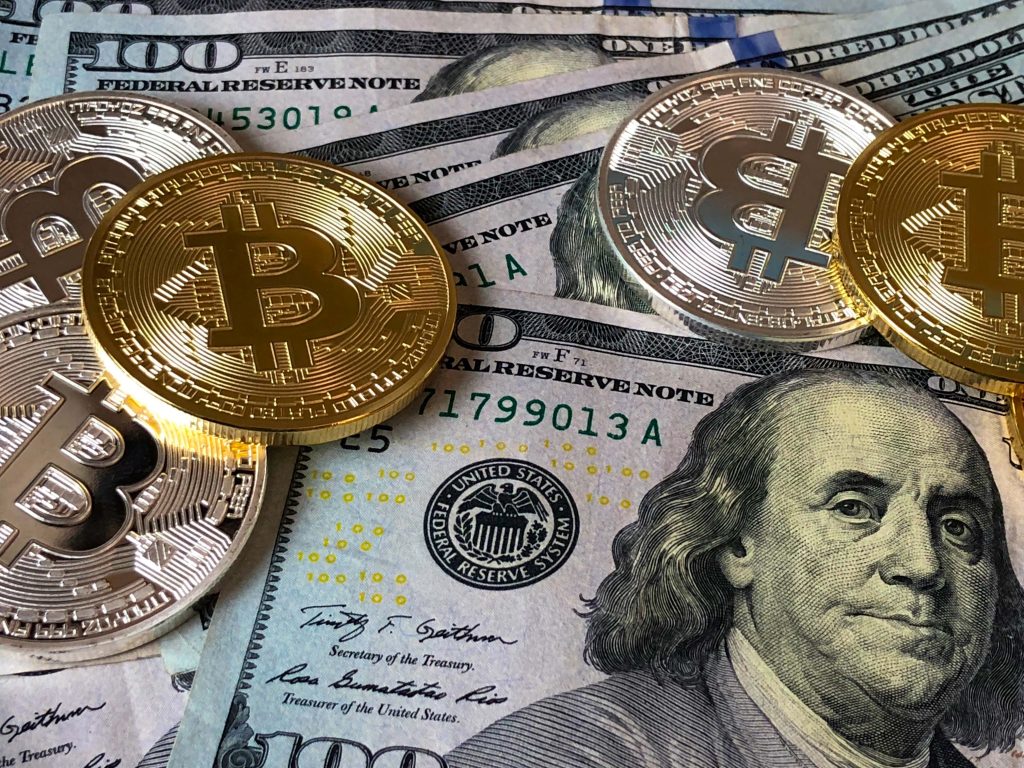Do non-fungible tokens (NFTs) have a chance to overcome the bear market and make a comeback despite the harsh declines in market prices?
Focus
A summarizing review of what has been happening at the crypto markets of the past week. A weekly report in cooperation with Kaiko.
Airdrops are a driving theme of the current bull market. This raises concerns over high fully diluted valuations (FDVs) and low token floats.
Deutsche Telekom MMS is expanding its Web3 footpring by running nodes on the Subsquid network, enhancing decentralized blockchain data access.
In a new SEC offensive against crypto and staking services, lawsuits have been filed against Consensys, Lido Finance, and Rocket Pool.
The MiCA regulation on stablecoins will come into effect as of June 30th 2024, heavily regulating stablecoins such as Tether’s USDT.
After some setbacks in court, the SEC reduces its demand against Ripple from two billion to 103 million US dollars.
The new Swiss Narrow Bank (SNAB) wants to introduce a private-sector approach to a retail CBDC which has a built-in interest function.
Through the second round of the GameStop saga, the video game retailer possesses additional funds, which could be diversified into Bitcoin.
Meme coins are a type of cryptocurrency inspired by jokes circulating on the Internet. Meme…
While crypto was not mentioned at all in the last US elections, both candidates, Trump and Biden, are now vying for crypto supporting voters.
The fusion of AI and blockchain promises innovations such as DePIN and on-chain AI agents. An overview of the leading projects.
DTCC’s Smart NAV pilot, in collaboration with Chainlink, tested the representation of market data on the blockchain.
An extension of the AEOI includes application to crypto assets, which the Federal Council aims to implement by January 2026.
Although the Halving’s market impact has been relatively subdued, investors generally anticipate significant after this quadrennial event.
A hail of complaints: the US SEC launches new lawsuits against various crypto companies such as Uniswap, Metamask and Robinhood.
























